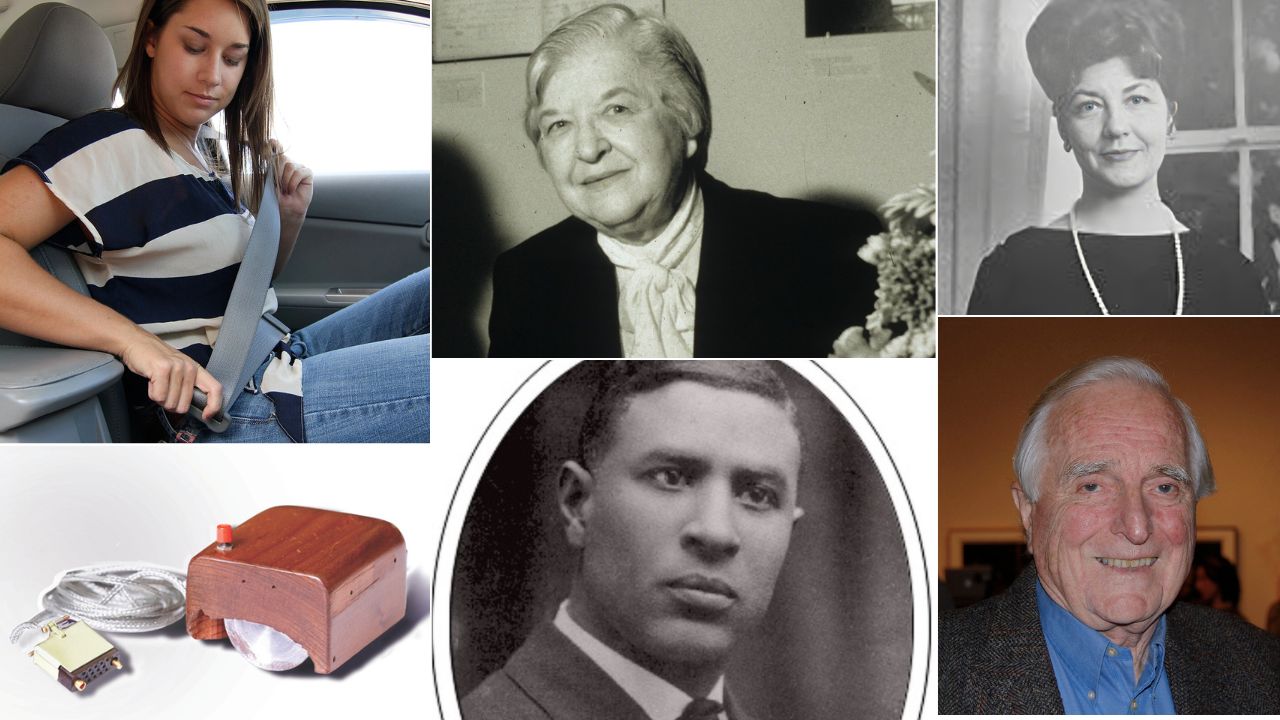Big breakthroughs do not always come from famous names. Many everyday tools came from inventors most teens never study in class. Their ideas save lives on highways, keep screens useful, and make bad weather bearable. Years matter, like 1903 for wipers and 1959 for safer seat belts. Places matter too, from Cleveland streets to a Maine radar lab. Each pick below gives one clear fact you can verify, plus a simple tip for how to spot that invention in daily life today. Small details, like patents and test dates, make the story real.
1. Mary Anderson, Windshield Wiper
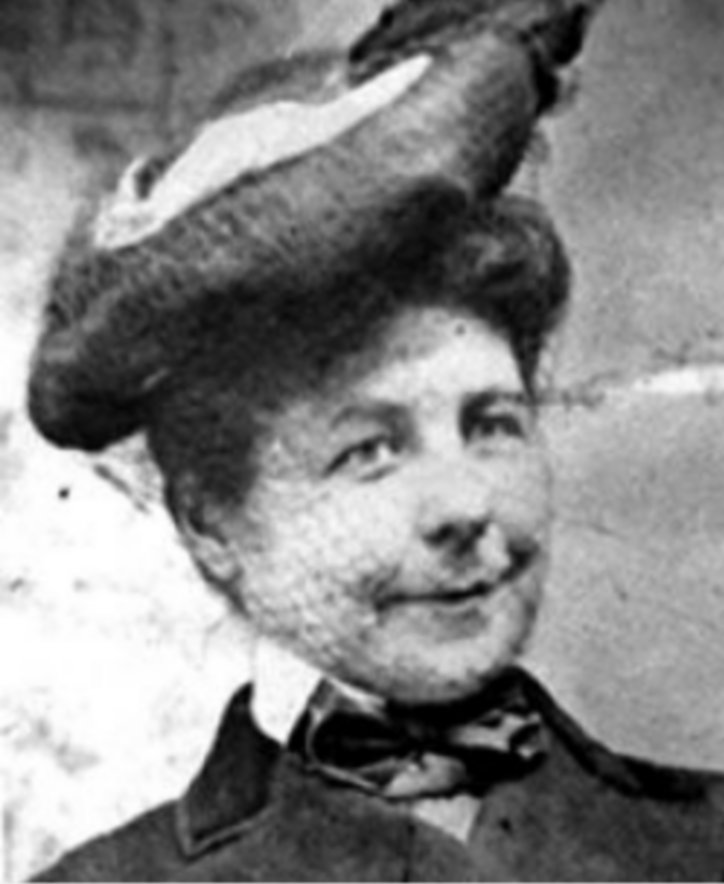
In 1903, Mary Anderson earned U.S. Patent 743,801 for a swinging arm that cleared rain and snow from glass. Early drivers in New York and Boston used it during streetcar stops, then car makers adopted the idea by the 1910s. Before wipers, people leaned out windows or stopped often. Today, wipers pair with washer fluid and winter blades measured in inches. Tip, replace blades about every 6 to 12 months. Streaks mean rubber is worn. Better vision saves seconds when braking on wet roads.
2. Garrett Morgan, Traffic Signal
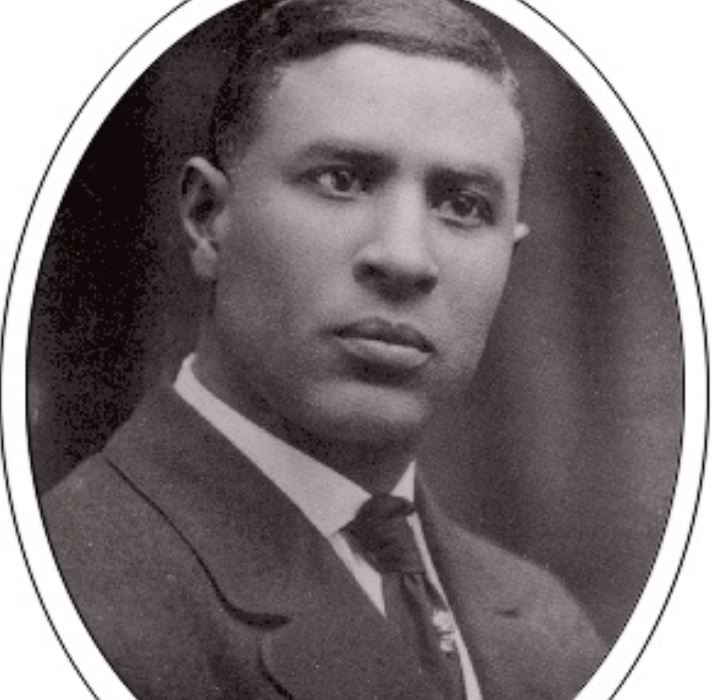
Garrett A. Morgan of Cleveland patented a three-position traffic signal in 1923, adding an all-stop interval between go and stop. That extra pause reduced collisions at busy corners with trolleys and wagons. Cities later built electric lights with timed phases and ped-crossing rules. Morgan also patented a safety hood in 1914 used in the 1916 Cleveland tunnel rescue. Today, countdown timers list seconds for walkers, and cameras record red-light runs. Look for the yellow phase, a direct descendant of Morgan’s smarter pause.
3. Nils Bohlin, 3-Point Seat Belt

Volvo engineer Nils Bohlin created the modern 3-point seat belt in 1959, anchoring one strap across the chest and one over the hips. Volvo released the design open-patent so rivals could copy it. By the 1970s, countries began mandating belts. In the United States, front-seat laws spread in the 1980s. Studies credit belts with cutting front-seat fatal injury risk by about 45 percent. Teen tip, the belt belongs on the shoulder and hips, not the neck or stomach. Never tuck it behind your back.
4. Stephanie Kwolek, Kevlar Fiber
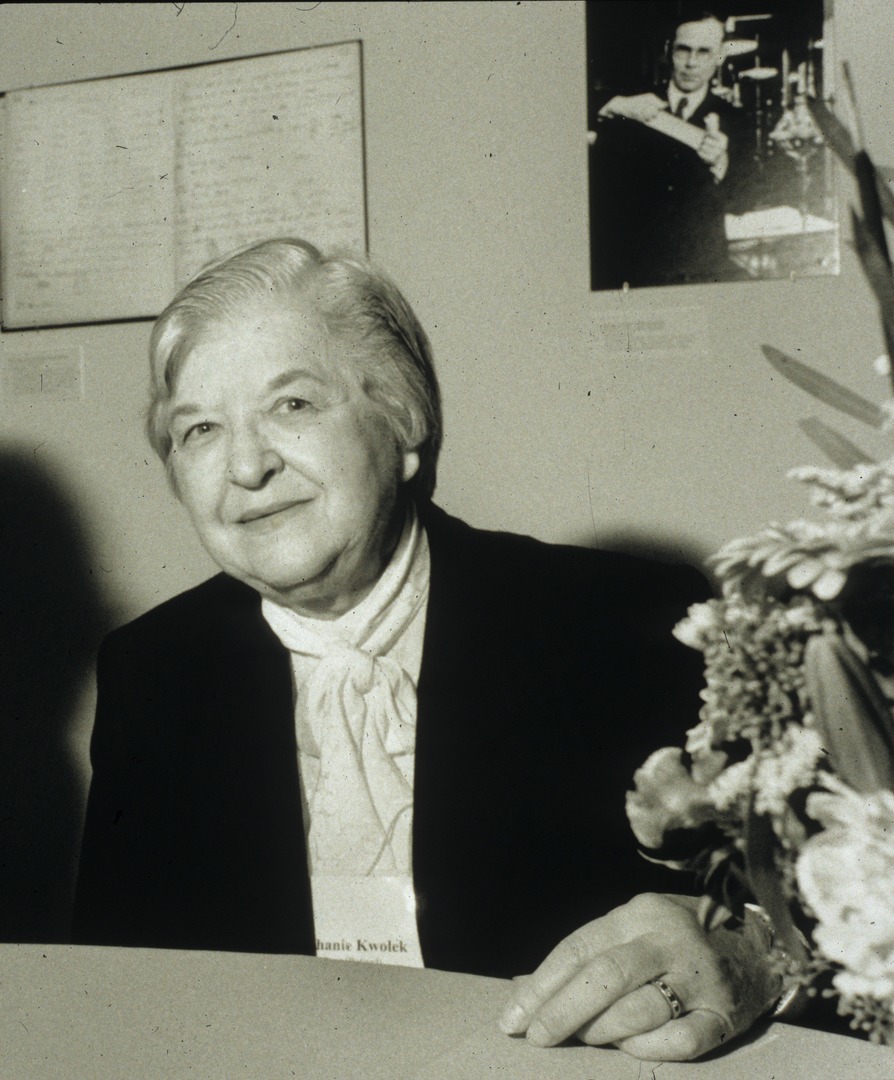
Chemist Stephanie Kwolek discovered the liquid-crystal polymer that became Kevlar at DuPont in 1965. Drawn into fibers, it delivers high strength-to-weight performance used in helmets, cables, and brake pads. Body armor panels combine layers measured in plies to stop fragments. Kevlar also appears in phone speakers and sports gear where light weight matters. Kwolek’s lab notebooks tracked temperatures and spin rates in exact numbers. Classroom lesson, careful notes and patient testing turn odd lab behavior into a world-changing material.
5. Douglas Engelbart, Computer Mouse
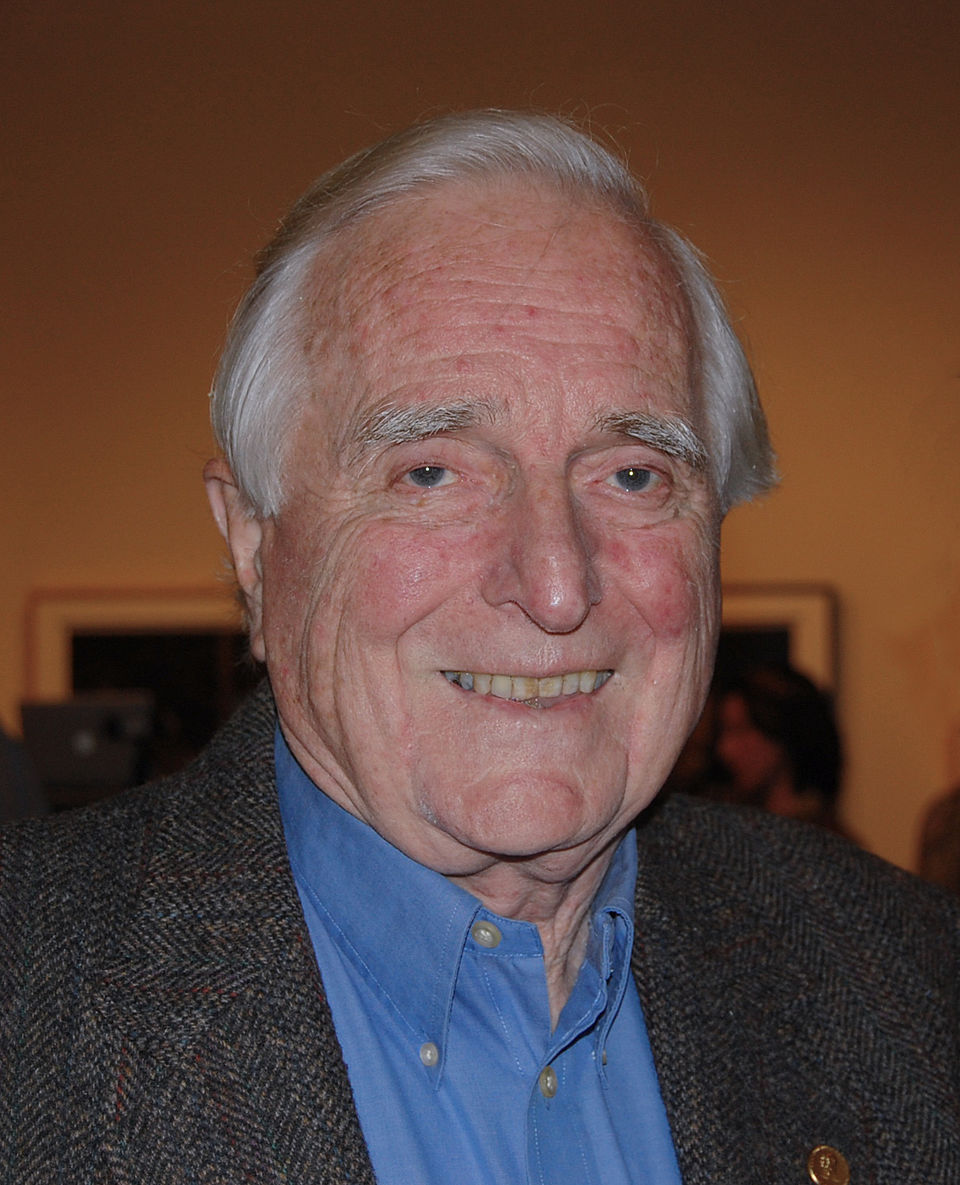
Douglas Engelbart’s team demoed the mouse at the 1968 “Mother of All Demos” in San Francisco. The first model was wood with two perpendicular wheels. U.S. Patent 3,541,541 issued in 1970. His demo also showed hypertext and windows. Today, optical sensors read surface movement in dots per inch, and scroll wheels fly through pages. Design tip, adjust pointer speed in settings for better wrist health. The point-and-click model you use daily traces back to one engineer’s careful live demo.
6. Bette Nesmith Graham, Correction Fluid

In 1956, Dallas secretary Bette Nesmith Graham mixed tempera paint to hide typing errors, then refined it as Liquid Paper. She filed patents, set up a small factory, and sold to offices nationwide by the 1960s. Correcting meant you could keep a clean page without retyping every line. The product later moved to water-based formulas. Teens still use correction pens on forms and art projects. The lesson, small fixes that save time can become a business when the need is clear.
7. Percy Spencer, Microwave Oven
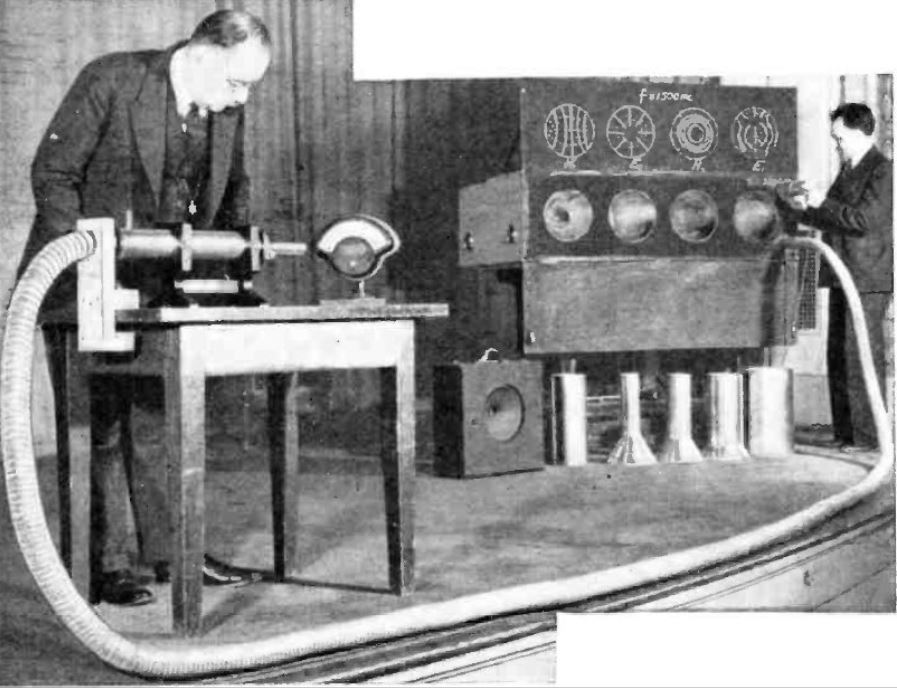
In 1945, at a Maine lab, engineer Percy Spencer noticed a candy bar melt near an active magnetron, a radar tube. He tested popcorn next, then an egg. By 1947, the first commercial microwave oven stood over 5 feet tall and weighed hundreds of pounds. Home models shrank in the 1970s as magnetrons got cheaper. Today, ovens list wattage in hundreds of watts; 1,000 watts heats fast. Safety tip, use microwave-safe glass, not metal. Let foods stand 1 minute so heat levels out.
